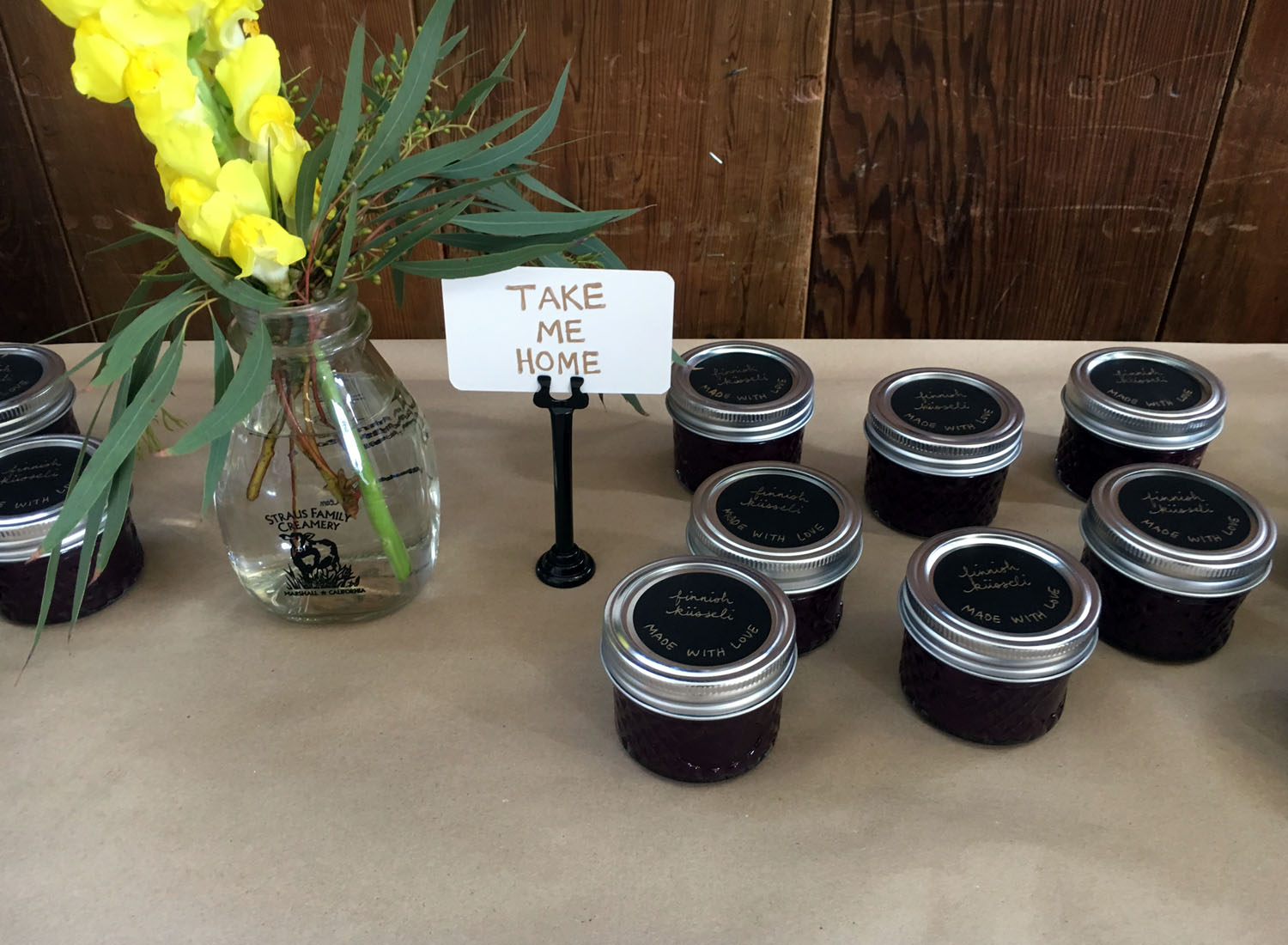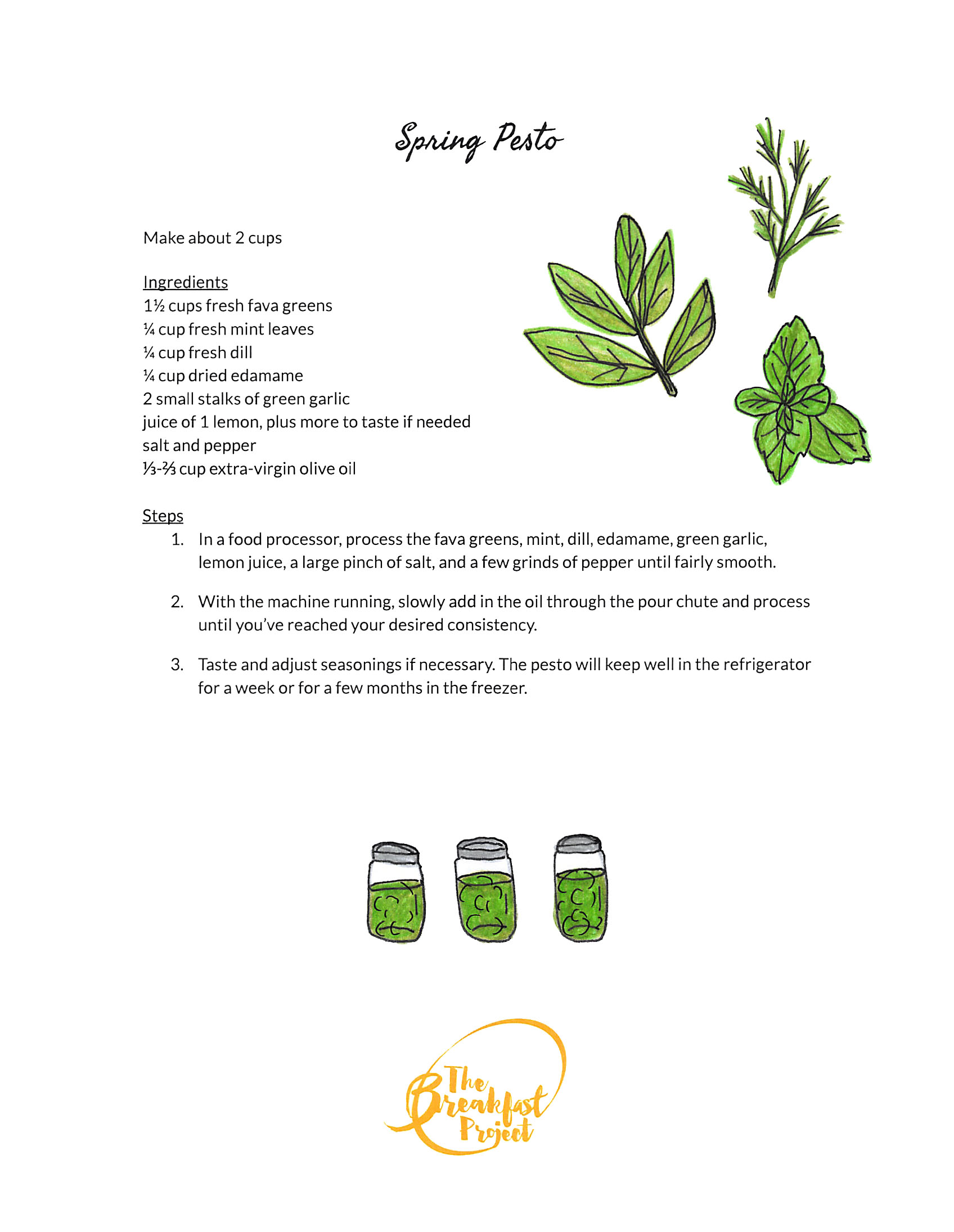When we got the June oven donations, one of the first baked breakfasts we wanted to make with the students was bagels. This week’s class did not disappoint! We worked with a recipe for Montreal-style bagels from the New York Times that fit nicely into a 60-minute class period. We made the dough ahead in a standing mixer, then let it rise slowly in the refrigerator overnight. In the morning, the kids shaped their own bagels, then boiled them in a honey water bath, then sprinkled them with sesame seeds before baking them in a hot oven for about 20 minutes.
Montreal bagels are a great way to highlight how food traditions move around the world and change over time. The bagel as a concept originated with Jews in Poland, but two of the most well-known styles in North America today come from New York and Montreal.
We made our own green onion cream cheese by mixing together cream cheese, green onions, and heavy cream. We also had sliced red onion, fresh dill, and capers (which were very controversial - students either loved capers or despised them; there was no in-between feeling). Next year, I’m thinking we could expand this class to introduce more variety, like salt bagels, cinnamon raisin, everything, onion, etc.








































































































































































































































































































































